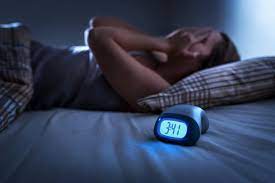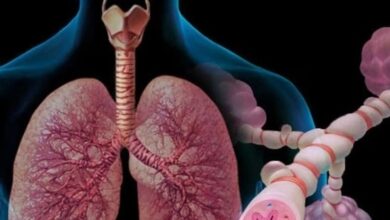Tips for Managing SAD, or Seasonal Affective Disorder
Many individuals feel a discernible change in their attitude and energy levels as the brilliant colors of fall fade and the days become shorter. Some people may think it’s just the “winter blues,” but for others, these cyclical shifts are the cause of a more severe illness called cyclical Affective Disorder (SAD).
Seasonal Affective Disorder: What Is It?
The depression subtype known as seasonal affective disorder, or SAD, has a seasonal pattern. Since there is less natural sunshine in the autumn and winter, it usually happens during those seasons. Summer-onset SAD is less prevalent but nevertheless possible for certain people; symptoms often appear in late spring or early summer.
Reasons for SAD:
Decreased sunshine: It is thought that a wintertime diet low in sunshine is the main cause of seasonal affective disorder (SAD). The body’s circadian rhythm, or internal clock, and the synthesis of mood-regulating neurotransmitters like melatonin and serotonin are both regulated by sunlight.
Biological Factors: Genetic or biological factors may make certain people more susceptible to SAD. The onset of SAD may be influenced by variations in the body’s reaction to shifts in light exposure and the concentrations of certain hormones.
Serotonin Imbalance: SAD may arise as a result of a reduction in serotonin levels in the brain, which are connected to mood regulation. Reduced synthesis of serotonin may result from less exposure to sunshine.
Signs of Sadness:
SAD symptoms may include the following and are comparable to those of major depressive disorder:
Persistent Sadness: Spending the most of the day feeling depressed, hopeless, or unhappy.
Modifications in Sleep Patterns: Prolonged or excessive sleep.
Low Energy and Fatigue: Constantly feeling exhausted, even after getting a full night’s rest.
Appetite Changes: Weight gain and an increase in carbohydrate cravings.
Difficulty Concentrating: Having trouble focusing, making judgments, or recalling specifics.
Withdrawal: A reduction in interest in once-enjoyed activities and a social disengagement.
An increase in irritation as well as mood fluctuations.
Controlling SAD:
Sitting in front of a specialized lightbox that generates strong, full-spectrum light that mimics natural sunshine is known as light treatment, sometimes known as phototherapy. Regular 20–30 minute sessions may help elevate your mood and balance your body’s internal clock.
Medication: To assist treat the symptoms of SAD, doctors may recommend antidepressant drugs such selective serotonin reuptake inhibitors (SSRIs).
Cognitive behavioral therapy (CBT): CBT may assist people in recognizing and combating the harmful thinking processes linked to SAD and in creating coping mechanisms to control their symptoms.
Lifestyle Modifications: You may greatly reduce the symptoms of SAD by making little changes to your daily schedule. Think about the following:
a. Go outside: Even on overcast days, try to spend some time outside throughout the day.
b. Engage in regular exercise: Exercise has the power to elevate mood and raise serotonin levels.
c. Consume a well-balanced diet, emphasizing real foods and reducing sugar and processed carbs.
d. Adhere to a regular sleep schedule: Try to get between seven and nine hours per night.
Social Support: Continue to communicate with loved ones. In the winter, go out and socialize with loved ones and ask for their support.
Although it might be difficult, seasonal affective disorder is an illness that can be treated. People may actively manage SAD and lessen its effects on their life by being aware of the causes and identifying the symptoms. Whether it’s via medicine, light therapy, therapy, or lifestyle changes, there are practical ways to help you get over the winter blues and welcome the chilly months with a happier attitude on life. Do not be reluctant to seek advice and help from a healthcare professional if you believe you may have SAD.







